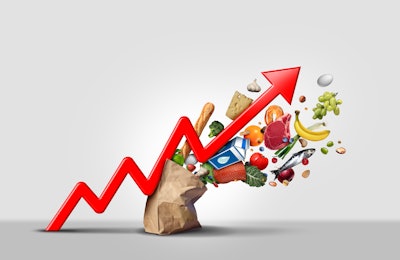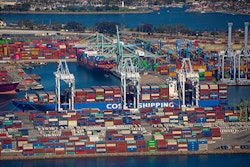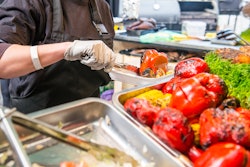
The food and agriculture industry has witnessed steep rises in core commodity prices and shortages in 2022 and this is carrying on into 2023 due to high inflation rates and the cost of energy, with big supermarkets recently limiting product sales, according to Efficio’s latest report.
“This year, businesses will have to navigate a completely different economic environment. We have not seen such a combination in years – from high inflation rates to geopolitical uncertainties to energy insecurity and supply chain disruptions. In addition, there is now a growing need and demand for businesses to innovate and also to protect the environment,” adds Efficio. "While we do expect inflation to drop in the latter half of 2023 and energy and food prices to decrease, businesses will still have to contend with disruptions caused by the Ukraine/Russia war and environmental impacts. Nearshoring and re-shoring are expected to take hold this year as a result of uncertainty around global economic activity.”
From Efficio:
- Core commodity food prices are rising as much as 43% and energy prices are increasing by over 40%.
- Other sectors such as industrial, chemicals and logistics have witnessed high volatility in 2022, yet are predicted to stabilize in 2023 with regard to both the supply and demand.
- Air freight – in particular, global jet fuel prices – has reached an 8-year high since 2014.
- Due to supply chain disruptions, fewer containers have moved from Asia to Europe, contributing to a 30-40% price drop since January 2022.
- Over the last 12 months, the prices for milk and chicken have increased by over 40% as a result of inflation and weakened consumer demand.
- Due to environmental impacts and high inflation, eggs, beef and corn have seen price increases of over 20%.
- Energy prices have increased by over 40% in the last 12 months, and while prices have fallen since it is unlikely prices will drop below pre-Ukraine/Russia war in the short to medium term.


















